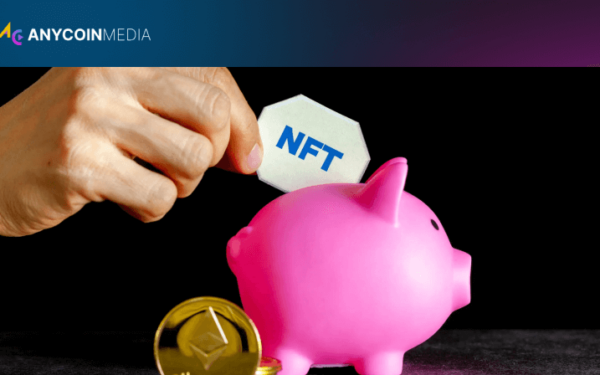Bitcoin and other cryptocurrencies have become increasingly valuable assets, prompting many investors to seek efficient ways to convert their digital holdings into fiat currency. The process of cashing out crypto, while straightforward in principle, involves several considerations including speed, fees, security, and regulatory compliance. As the cryptocurrency ecosystem has matured, numerous options have emerged for liquidating digital assets, each with its own advantages and potential drawbacks.
Before delving into specific methods, it’s crucial to understand the general steps involved in cashing out cryptocurrency:
These steps may vary slightly depending on the chosen method and jurisdiction, but they form the basic framework for most crypto-to-fiat conversions.
Several options exist for converting cryptocurrency into traditional currency:
Each method offers different levels of speed, privacy, and convenience. The choice often depends on factors such as the amount being cashed out, desired speed, and personal preferences regarding anonymity and ease of use.
Centralized exchanges remain the most popular option for cashing out crypto:
Exchanges like Coinbase, Binance, and Kraken provide user-friendly interfaces for converting crypto to fiat and withdrawing to bank accounts. However, the process may take several days due to bank transfer times and security checks.
P2P platforms offer a more direct method of cashing out:
Platforms like LocalBitcoins and Paxful facilitate direct transactions between users, potentially offering faster cash-outs and more flexible payment options. However, they may carry higher risks and require more active management of trades.
Bitcoin ATMs provide a physical option for cashing out crypto:
While convenient for small amounts, Bitcoin ATMs typically charge premium fees, making them less cost-effective for larger transactions.
Crypto debit cards offer a unique approach to utilizing cryptocurrency funds:
Cards issued by companies like Crypto.com and Binance enable users to spend their crypto holdings directly or withdraw cash from ATMs, effectively “cashing out” in real-time as they make purchases.
OTC desks cater to high-volume traders and institutional investors:
For those looking to cash out substantial amounts of cryptocurrency, OTC desks like Cumberland and Galaxy Digital can provide more efficient execution and potentially better rates.
To better understand the trade-offs between different cash-out methods, consider the following comparison table:
| Method | Speed | Fees | Privacy | Limits | Ease of Use |
| Centralized Exchanges | Medium | Low-Medium | Low | Medium-High | High |
| P2P Platforms | Fast | Medium-High | Medium | Varies | Medium |
| Bitcoin ATMs | Instant | High | Medium-High | Low | High |
| Crypto Debit Cards | Instant | Medium | Low | Medium | High |
| OTC Desks | Fast | Low | High | High | Medium |
This table provides a general overview, but actual experiences may vary depending on specific platforms and individual circumstances.
Several factors should be weighed when choosing a cash-out method:
Balancing these factors against personal needs and preferences will help in selecting the most appropriate cash-out method for each situation.
Cashing out cryptocurrency often triggers tax events:
Consulting with a tax professional familiar with cryptocurrency regulations is advisable to ensure compliance and optimize tax strategies when cashing out significant amounts.
Security remains paramount when converting crypto to fiat:
Taking these precautions can help protect assets during the vulnerable period of conversion and withdrawal.
The regulatory environment for cryptocurrency cash-outs varies globally:
Staying informed about local regulations and choosing compliant platforms can help avoid legal issues when cashing out cryptocurrency.
Cashing out Bitcoin and other cryptocurrencies has become increasingly accessible through various methods, each catering to different needs and preferences. From the convenience of centralized exchanges to the speed of Bitcoin ATMs and the personalized service of OTC desks, options abound for converting digital assets into traditional currency. The choice of method depends on a careful consideration of factors including transaction size, speed requirements, fee tolerance, and privacy concerns.
As the cryptocurrency ecosystem continues to evolve, so too will the methods and regulations surrounding the cash-out process. Staying informed about the latest developments in both technology and regulation will be crucial for anyone looking to efficiently and securely convert their crypto holdings into fiat currency. While the process may seem daunting at first, understanding the available options and carefully weighing their pros and cons can lead to a smooth and successful cash-out experience.
Ultimately, the ability to easily convert between cryptocurrencies and traditional currencies is a key factor in the broader adoption and integration of digital assets into the global financial system. As these processes become more streamlined and user-friendly, the barrier between the crypto economy and traditional finance continues to blur, paving the way for a more interconnected and flexible financial future.





